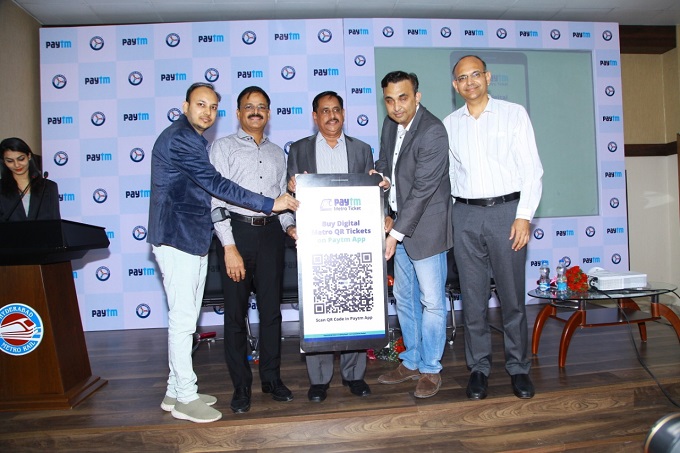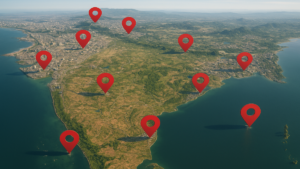
Hyderabad Metro Rail Ltd in partnership with Paytm has launched a QR-code-based metro ticketing system at Rasoolpura metro station Hyderabad, Telangana. The new service will enable commuters to travel seamlessly and avoid queues to buy tokens at the metro stations. They can now simply purchase a QR ticket on their Paytm app, which can be displayed at the Automatic Fare Collection (AFC) gates to proceed for the journey.
The feature will help over 14 lakh smartcard holders using the metro service. The company plans to extend the service to metro-feeder buses to ensure last-mile connectivity in the city. The QR-code-based ticket booking on our app will help in reducing congestion at the ticket counters.
Important takeaways for all competitive exams:
- Paytm founder: Vijay Shekhar Sharma.
- Paytm Headquarters: Noida, Uttar Pradesh.
- Paytm founded: 2010.



 Fitch Ups India’s FY26 Growth Forecast t...
Fitch Ups India’s FY26 Growth Forecast t...
 Asim Munir Formally Appointed Pakistan's...
Asim Munir Formally Appointed Pakistan's...
 Top 10 States with Smart City Projects i...
Top 10 States with Smart City Projects i...







